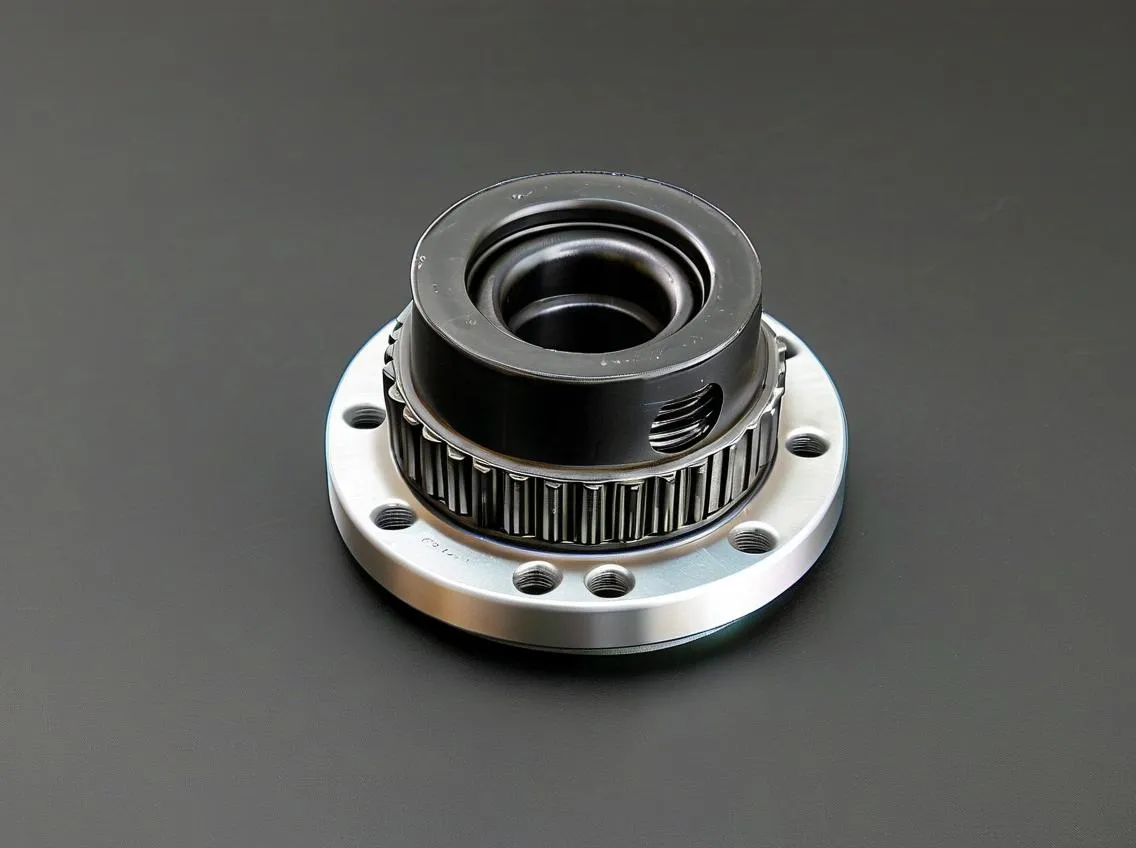Upgrading your Polaris RZR wheel bearing carrier bushing kit is a critical maintenance task for ensuring peak performance and longevity of your heavy-duty ATV. However, even seasoned riders often stumble into avoidable pitfalls that compromise safety, durability, and ride quality. Let’s break down the most common mistakes—and how to steer clear of them.
1. Choosing Incompatible or Low-Quality Components
Not all bushings and bearings are created equal. Opting for generic or poorly manufactured parts to save costs frequently backfires, leading to premature wear, vibrations, and even catastrophic failures during high-stress rides. For example, Polaris-specific kits like those from SuperATV or Factory UTV are engineered to withstand the RZR’s torque and terrain demands. Always verify compatibility with your model year (e.g., RZR XP 1000 vs. Turbo S) and prioritize OEM or reputable aftermarket brands backed by stress-test certifications.
2. Skipping Pre-Installation Inspections
Installing a new bushing kit without inspecting the wheel hub, axle splines, or carrier housing is like building a house on a cracked foundation. Look for:
– Cracks or pitting in the bearing carrier
– Worn axle seals (a leading cause of contamination)
– Bent or damaged spindles
A 2023 study by the Off-Road Mechanics Association found that 68% of post-upgrade failures stemmed from overlooked pre-existing damage. Replace compromised components before installing the new kit to avoid repeating the same repair in weeks.
3. Improper Lubrication Practices
Too much grease? You’ll trap heat and debris. Too little? Friction will eat through bushings faster than a desert trail. Use a high-temperature, waterproof grease (e.g., Lucas Oil Red ‘N’ Tacky) and apply it sparingly to the bushings’ inner surfaces. Avoid packing grease into the bearing carrier’s outer cavities—this creates pressure that can blow out seals. Pro tip: Consult your RZR’s service manual for manufacturer-recommended lubrication points and quantities.
4. Ignoring Torque Specifications
Over-tightening the carrier bolts is a rookie mistake with expensive consequences. Exceeding Polaris’s specified torque values (typically 18-22 ft-lbs for RZR models) can warp the carrier, misalign bearings, and accelerate wear. Under-tightening risks loose components that wobble under load. Invest in a calibrated torque wrench and follow the factory service manual’s guidelines religiously. For added precision, use thread locker on bolts to prevent vibration-induced loosening.
5. Neglecting Post-Installation Break-In Periods
Your new bushings need time to seat properly. Aggressive riding immediately after installation generates excessive heat, which can deform bushings and reduce their lifespan. Stick to light trails for the first 50 miles, then re-check bolt tightness and grease levels. This “break-in” phase is especially crucial for composite bushings, which require gradual conditioning to achieve optimal flexibility.
6. Overlooking Regular Maintenance Schedules
A heavy-duty bushing kit isn’t a “set it and forget it” upgrade. Mud, water, and dust infiltrate even the best seals over time. Establish a routine:
– Clean and regrease bushings every 500 miles (or after every muddy/water ride).
– Inspect bearings for smooth rotation monthly.
– Replace seals at the first sign of cracking or leakage.
Data from Polaris Dealer Networks shows that riders who adhere to these intervals extend their bushing lifespan by 40% compared to those who skip inspections.
Final Thoughts: Precision Pays Off
Upgrading your RZR’s wheel bearing carrier bushings isn’t just about bolt-on parts—it’s about meticulous attention to detail. By avoiding these six missteps, you’ll maximize traction, reduce costly downtime, and keep your ATV tearing through trails with confidence. When in doubt, cross-reference your work with trusted resources like the Polaris Service Portal or consult a certified UTV mechanic for complex installations. Ride smart, ride safe.




Leave a Reply